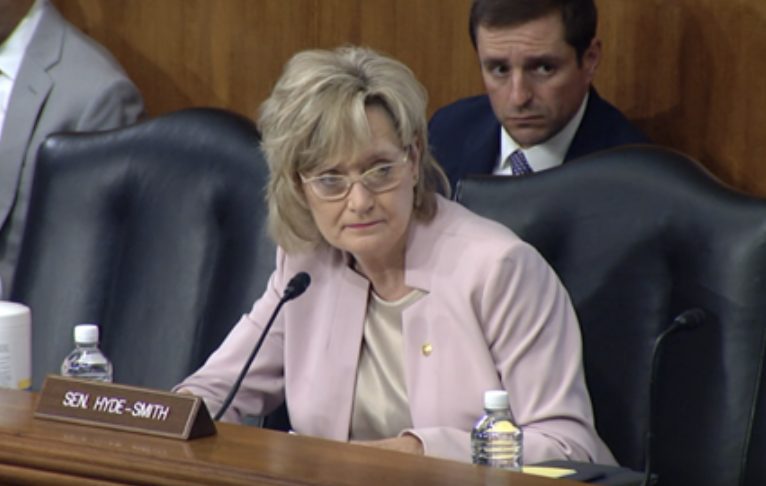
Studio portrait of Sid Salter. (photo by Beth Wynn / © Mississippi State University)
By: Sid Salter
With Census data compiled, state legislatures across the country are engaged in the intensely political, intensely partisan exercise of legislative redistricting for both congressional districts and state legislative districts.
There are few exercises in state government more important and more impactful than the redistricting process. It can have partisan impacts that last for a decade. Parties in power see their clear opportunity to perpetuate their majorities while powers out of power see their opportunities to challenge.
The sad commentary is that far too many Mississippians can’t tell you which congressional district they live in or the same information on state legislative districts. And Mississippi is far from an outlier on those facts – if anything rural states have greater basic political engagement.
In Mississippi, the state’s four congressional and 174 state legislative district boundaries are drawn by the Mississippi Legislature. Congressional district lines are adopted as regular legislation and are subject to gubernatorial veto. State legislative district lines are adopted as a joint resolution and are therefore not subject to gubernatorial veto.
If lawmakers cannot agree on a state legislative redistricting plan, a five-member commission comprised of the chief justice of the state Supreme Court, the attorney general, the secretary of state, the Speaker of the House, and the Senate president pro tempore will formulate the plan.
In framing the perimeters of legislative redistricting, it’s best to start with the building blocks. Off the top, the U.S. Justice Department’s Voting Rights Division is part of the administration of President Joe Biden, a Democrat. The Supreme Court, technically non-partisan, is perceived to skew conservative which is generally advantageous to Republicans.
In terms of state legislative redistricting, the Department of Justice will review the work of the Mississippi Standing Joint Legislative Committee on Reapportionment and Redistricting and further that of the overall Mississippi Legislature. The Supreme Court is the ultimate arbiter of the rulings of the DOJ and the lower courts on litigation involving conflicts between states and the DOJ.
But that’s the national perspective. Mississippi has a Republican super majority in both the Mississippi House of Representatives and in the Mississippi State Senate. Mississippi’s State Supreme Court is also technically non-partisan but is perceived to skew conservative to the benefit of Republicans.
Initial committee hearings have been held around the state. The “benchmark demographics” for the state House and Senate are also important to understanding the process. The Census identified Mississippi’s population at 2,961,279. In the Mississippi House, there are 122 districts – which evenly divided would make the “ideal district size” 24,273 citizens.
In the Mississippi Senate, there are 52 districts – which evenly divided would make the “ideal district size” 56,948 citizens. While that sounds simple and straightforward, it really isn’t.
The Census revealed deviations in the ideal district size in the Senate of as many as 13,226 (+23.22 percent) additional citizens and as few as -10,244 (-17.99 percent) citizens.
In the Mississippi House, the Census revealed deviations in the ideal district size of as many as 11,945 (+49.21 percent) additional citizens and as few as -5,296(-21.82 percent) citizens.
So redistricting is then simply a matter of making the “ideal district size” math work, right? As Lee Corso says on TV: “Not so fast, my friend.”
The National Conference of States Legislatures reports that all states must comply with these guidelines: “All states must comply with the federal constitutional requirements related to population and anti-discrimination. For state legislative districts, the Equal Protection Clause of the 14th Amendment to the U.S. Constitution requires that districts be substantially equal. Some say that 10 percent deviation in population from one district to the next is a safe standard.
“However, that has not proven to be a guaranteed protection from court scrutiny or revision.
In addition to population equality, Section 2 of the Voting Rights Act of 1965 prohibits plans that intentionally or inadvertently discriminate on the basis of race, which could dilute the minority vote.”
Other basic redistricting guidelines in Mississippi are in the areas of compactness of the district, contiguity of the district (are all parts connected?), and preservation of counties and other political subdivisions and communities of interest. Less codified but intensely influential is the notion of creating districts that don’t “pair” incumbents – meaning to draw a district that pits two legislators against each other.









